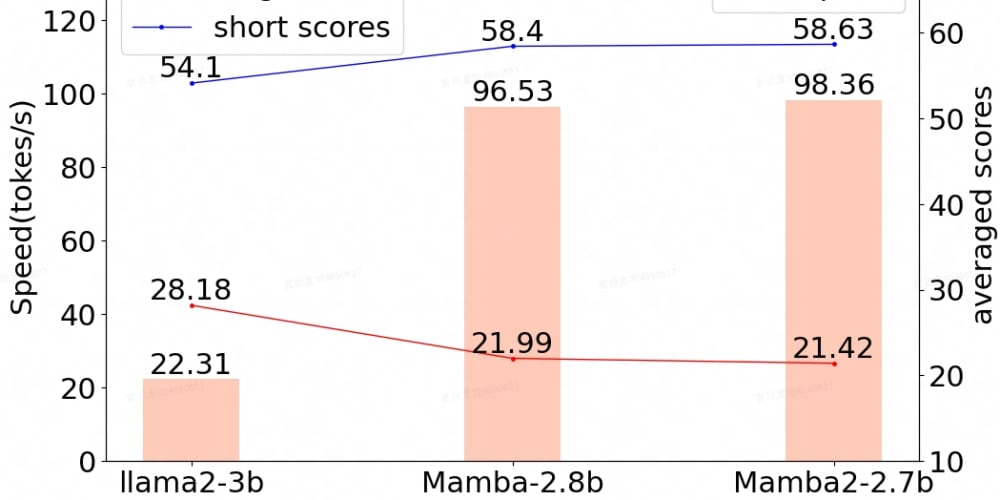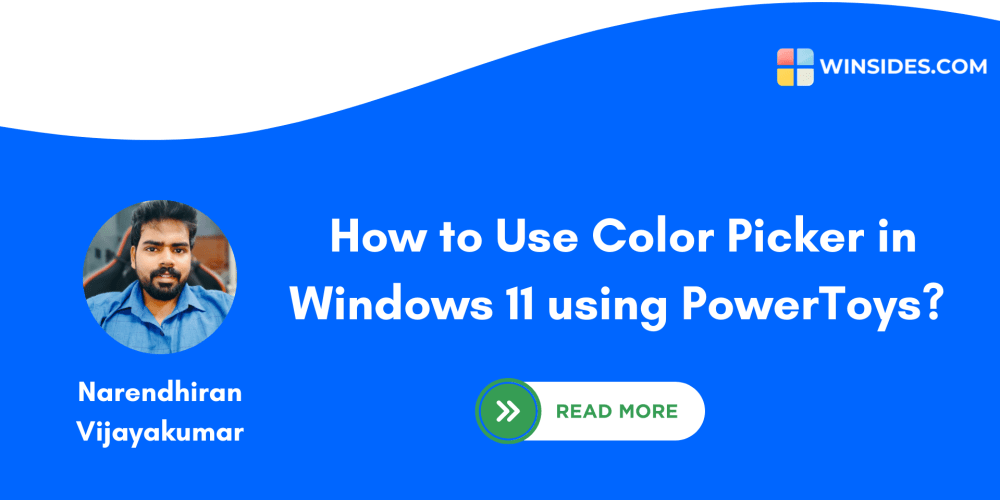<!DOCTYPE html>
Dive into the World of Decentralized Apps with Master Solidity! 🚀
<br> body {<br> font-family: Arial, sans-serif;<br> margin: 0;<br> padding: 0;<br> background-color: #f4f4f4;<br> }</p> <p>.container {<br> width: 80%;<br> margin: 20px auto;<br> padding: 20px;<br> background-color: #fff;<br> box-shadow: 0 0 10px rgba(0, 0, 0, 0.1);<br> }</p> <p>h1, h2, h3 {<br> color: #333;<br> }</p> <p>img {<br> max-width: 100%;<br> height: auto;<br> display: block;<br> margin: 20px auto;<br> }</p> <p>code {<br> font-family: monospace;<br> background-color: #eee;<br> padding: 5px;<br> border-radius: 3px;<br> }</p> <p>pre {<br> background-color: #eee;<br> padding: 10px;<br> border-radius: 3px;<br> overflow-x: auto;<br> }</p> <p>.highlight {<br> background-color: #f7f7f7;<br> padding: 5px;<br> border-radius: 3px;<br> }<br>
Dive into the World of Decentralized Apps with Master Solidity! 🚀
The world of decentralized applications (dApps) is rapidly evolving, promising a future where applications are transparent, secure, and censorship-resistant. At the heart of this revolution lies Solidity, a powerful object-oriented programming language specifically designed for developing smart contracts on the Ethereum blockchain.
This article serves as your comprehensive guide to mastering Solidity, taking you from beginner to confident developer. We'll delve into the fundamental concepts, explore practical techniques, and provide hands-on examples to equip you with the skills to build your own dApps.
What are Decentralized Apps (dApps) and Why Solidity?
Decentralized applications, or dApps, are applications that run on a decentralized network, primarily blockchains like Ethereum. Unlike traditional apps that rely on centralized servers, dApps operate on a distributed ledger, eliminating single points of failure and ensuring transparency. This decentralization brings several advantages:
- Transparency: All transactions and code are publicly viewable and verifiable on the blockchain.
- Security: dApps are less vulnerable to hacks and data breaches due to the decentralized nature.
- Censorship-resistance: No single entity can control or shut down a dApp.
- Trustless: Interactions between users are governed by code, eliminating the need for intermediaries.
Solidity plays a crucial role in this landscape. It enables developers to create smart contracts, self-executing programs stored on the blockchain that define the rules and logic of a dApp. These contracts manage assets, enforce agreements, and automate processes, forming the foundation of decentralized applications.

Key Concepts in Solidity
Before diving into coding, let's grasp some key concepts in Solidity:
1. Smart Contracts
Smart contracts are the building blocks of dApps. They are programs written in Solidity and deployed to the blockchain, where they execute automatically based on predefined rules. These contracts can automate various tasks, such as:
-
Escrow services:
Holding funds securely until certain conditions are met. -
Decentralized exchanges:
Facilitate token swaps without intermediaries. -
Non-fungible tokens (NFTs):
Represent ownership of unique digital assets. -
Decentralized finance (DeFi) protocols:
Enable lending, borrowing, and trading of cryptocurrencies.
2. Variables and Data Types
Solidity supports various data types to represent different kinds of information:
- uint: Unsigned integers (e.g., 1, 100, 1000)
- int: Signed integers (e.g., -1, -100, 100)
- bool: Boolean values (true or false)
- string: Text strings
- address: Represents an Ethereum address
- bytes: Raw byte arrays
3. Functions
Functions are blocks of code that perform specific tasks. They can be called from other functions or directly by external entities. Solidity functions can have:
- Input parameters: Data passed to the function.
- Output values: Results returned by the function.
- Visibility modifiers: Control how the function can be accessed (e.g., public, private, internal).
4. Events
Events are used to communicate information from the smart contract to the outside world. They emit specific data whenever certain actions occur within the contract. Events are crucial for:
- Tracking contract events (e.g., token transfers, votes).
- Building user interfaces to display real-time updates.
5. Modifiers
Modifiers are code snippets that can modify the behavior of functions. They provide a concise way to add logic or restrict access to functions. Common modifiers include:
- onlyOwner: Restricts function access to the contract owner.
- require: Ensures conditions are met before executing the function.
6. Inheritance
Solidity supports inheritance, allowing contracts to inherit properties and functions from other contracts. This promotes code reuse and modularity.
Hands-on Example: A Simple Token Contract
Let's build a basic token contract using Solidity:
pragma solidity ^0.8.0;
contract MyToken {
string public name = "MyToken";
string public symbol = "MYT";
uint256 public totalSupply = 1000000;
// Mapping of balances for each address
mapping(address => uint256) public balances;
// Event to track token transfers
event Transfer(address indexed from, address indexed to, uint256 value);
constructor() {
balances[msg.sender] = totalSupply; // Assign initial supply to the creator
}
// Function to transfer tokens
function transfer(address to, uint256 amount) public {
require(balances[msg.sender] >= amount, "Insufficient balance");
balances[msg.sender] -= amount;
balances[to] += amount;
emit Transfer(msg.sender, to, amount);
}
}
This contract defines a simple token with a name, symbol, and total supply. The transfer function allows users to send tokens to other addresses. The Transfer event logs every transfer for transparency.
Developing and Deploying Solidity Contracts
Here's a guide on how to develop and deploy Solidity contracts:
1. Setup
You'll need the following tools:
-
Node.js: Download and install Node.js from
https://nodejs.org/ . -
Solidity Compiler: Install Solidity using npm:
npm install -g solidity
-
Remix IDE: Access the online Solidity IDE at
https://remix.ethereum.org/ . You can also install the Remix desktop version. -
Metamask: A browser extension for interacting with the Ethereum blockchain. Get it from
https://metamask.io/
2. Writing Solidity Code
You can write Solidity code using:
- Remix IDE: Provides a web-based environment for writing, compiling, and deploying contracts.
- VS Code: Use the Solidity extension and a plugin like Ganache for local testing.
3. Compiling the Contract
Use the Solidity compiler (
solc
) to compile your contract into bytecode and ABI (Application Binary Interface). The bytecode is what gets deployed to the blockchain, while the ABI describes the functions and data within your contract.
4. Deployment
You can deploy your compiled contract to a blockchain network like Ethereum using:
- Remix IDE: Remix has built-in features for deployment.
- Truffle: A popular framework for building and deploying dApps.
- Hardhat: Another powerful framework for Ethereum development.
5. Interaction with the Contract
Once deployed, you can interact with your smart contract using:
- Web3.js: A JavaScript library for interacting with Ethereum nodes and contracts.
- Metamask: Use Metamask to send transactions to your contract.
Best Practices for Solidity Development
Solidity is a powerful language, but it's crucial to follow best practices to ensure your contracts are secure, reliable, and well-maintained:
- Use the Latest Solidity Version: Newer versions have improved security features and bug fixes.
- Code Review: Have your code reviewed by other developers to catch potential errors.
-
Use the
requireStatement: Enforce conditions to prevent unexpected behavior. -
Avoid Unchecked External Calls: Use
callwith caution, and preferdelegatecallfor internal function calls. - Implement Gas Optimization: Analyze your code for unnecessary operations that consume gas.
- Thorough Testing: Use a combination of unit tests and integration tests to ensure your contract's functionality.
- Documentation: Write clear documentation to explain your contract's functionality and usage.
Resources and Learning Materials
To further your journey in Solidity development, here are some valuable resources:
-
Solidity Documentation:
https://docs.soliditylang.org/ -
Ethereum.org:
https://ethereum.org/ -
CryptoZombies:
A fun and interactive tutorial for learning Solidity:
https://cryptozombies.io/ -
Ethereum Stack Exchange:
Ask questions and get help from the community:
https://ethereum.stackexchange.com/
Conclusion
Mastering Solidity is the key to unlocking the world of decentralized applications. By understanding the fundamentals of smart contracts, data types, functions, and best practices, you can build secure and reliable dApps that push the boundaries of traditional applications. The future of software is decentralized, and Solidity is the language that will help you shape it.


















